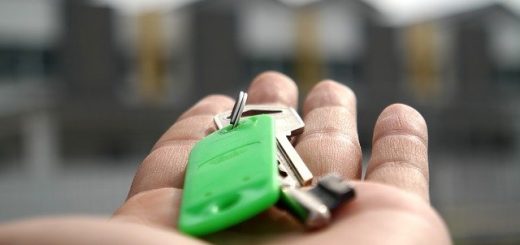How to sell house – simplified
In the previous article on How to sell a house effectively, and easily we have covered, the selling process of the house in detail. Now we have made it simplified for you, to easily understand the house selling process. The answer to the question of How to sell a house itself can be simple or complex. You can also list the property on house for sale in Lonavala to get genuine leads easily and instantly, but still the process worth understanding.
Selling a house can be an emotionally and physically exhausting process. Emotionally, because you’re letting go of a place, where you spent many happy years with your family. Physically, because of all the legal procedures, you have to follow and all the documents that you need to keep track of. You can, of course! Choose the conveyancing on your own. It is always best to get a competent property lawyer to do it for you, so that you are spared unnecessary exertion on your part. But no matter how you do it, to sell a house, you need to keep the following in mind.
You need to keep in hand a lot of documents, which are required by the buyer in order to close the property transaction. These documents are extremely important and if they are unavailable or missing, it could signal to the buyer that there may be some irregularities with the property owner. These documents include but are not limited to.
Letter of allotment
This document is proof of the fact that the property under advisement was allotted to you by the relevant authority. It is only allotted to the first owner only, by builder or other authority.
Original sale deed
The original conveyance or sale deed from the owners before you will be inspected by the new buyers. If you have registered the original deed with a registrar, you can provide a copy of the deed, along with the receipt you got from the registrar.
Approved building plan and occupation certificate
These will have been issued to you by the relevant authority.
Documents from the society
These include a no-objection certificate from the society, which states that you have no outstanding payments to be made to the society. A membership transfer form that will give membership to the new buyer. Original stamped receipts of payments made by you, and the previous owners to the society or relevant authority. Also, important is a copy of the share certificate, that shows you to be an authentic member of the society, as well as a NOC that states that the share certificate can be transferred to the new owner’s name.
Sale agreement
Of course, a sale agreement is a must. This agreement precedes the sale deed, which is based on the former document. The agreement is usually drafted as non-judicial stamp paper and is signed and executed by both the seller and buyer. The next step would be registering the Sale Deed. Once the payment has been made to the seller in the manner agreed, the registration process can be proceeded. This process can vary from state to state, but a general flow is as follows:
The date for registration is fixed by the buyer and seller. The registrar’s office is consulted with reference to the documentation, that is required for the registration. Charges such as stamp duty and service tax are paid by the buyer to the registrar, at the time of registration. The mode of payment for these expenses can be discussed by the buyer and the seller. The steps listed above are not case-specific. Each individual property transaction comes with its own set of problems and questions, which is why always consider getting professional legal help before you go ahead with the transaction.



